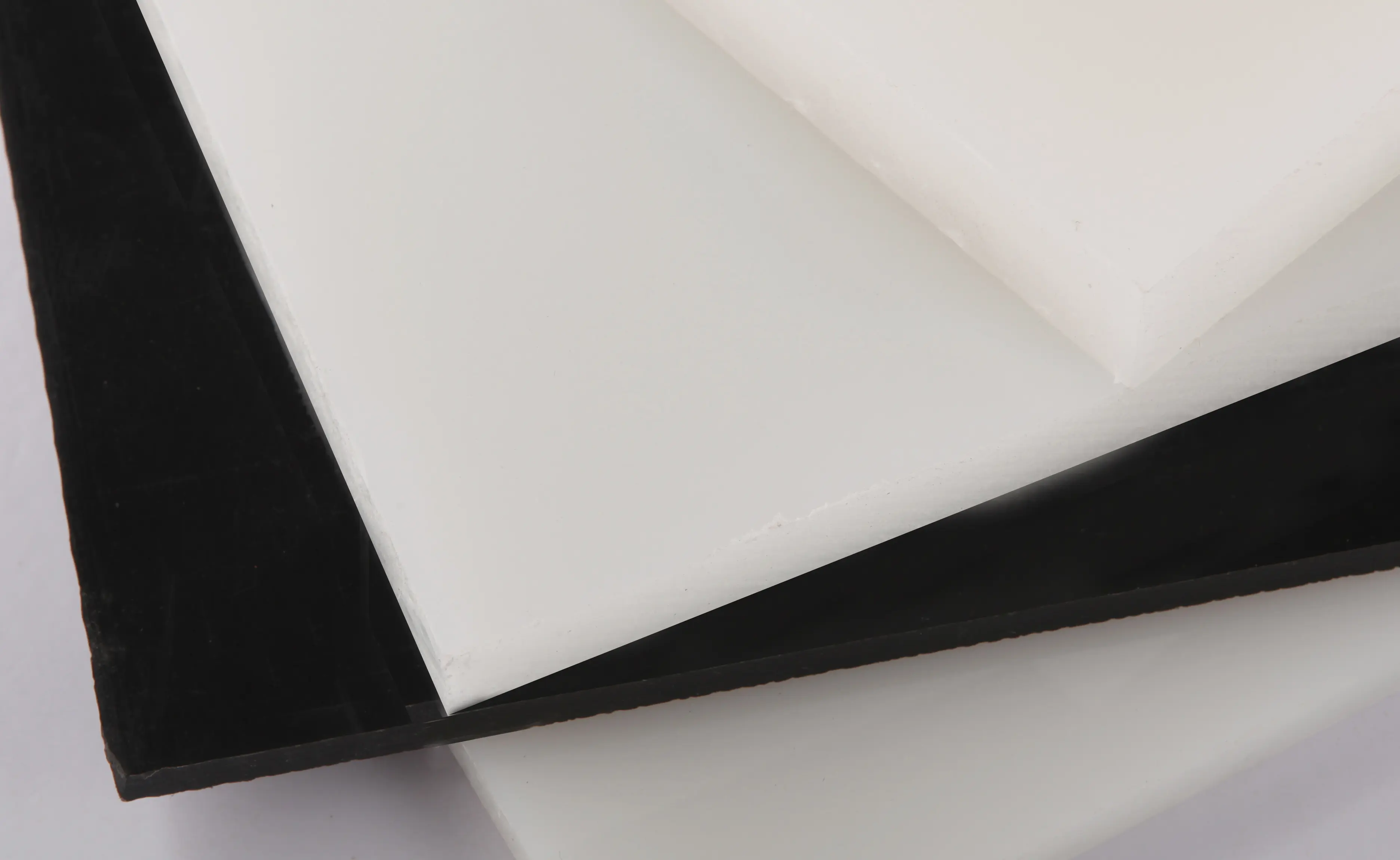Kas . 09, 2024 23:47 Back to list
Comprehensive Guide to Various Types of Pipe Fittings and Their Applications
Understanding Pipe Fittings Essential Components in Fluid Management
In the world of plumbing, construction, and industrial applications, pipe fittings play a crucial role in the management and movement of fluids. These essential components are used to connect, terminate, modify, or change the flow direction of pipes, ensuring that systems operate efficiently and safely. This article delves into the various types of pipe fittings, their materials, applications, and the importance of choosing the right fittings for specific projects.
Types of Pipe Fittings
Pipe fittings come in a variety of shapes and sizes, each designed to serve a particular function in a piping system. Below are some of the most common types
1. Elbows These fittings are used to change the direction of the flow, typically at 90 or 45 degrees. Elbows are crucial in creating bends in piping systems, allowing for smooth transitions without causing significant flow resistance.
2. Tees Shaped like the letter ‘T’, these fittings facilitate the branching of pipes. Tees can be used to connect two pipes of the same diameter or to tap into a main pipeline for a secondary line.
3. Reducers These fittings are employed to connect pipes of different diameters. They help in transitioning from a larger pipe to a smaller one, which can reduce flow speed and increase pressure in certain applications.
4. Couplings Used to connect two sections of pipe together, couplings can be either male or female threaded, or they can be slip types that allow for easy alignment of pipes.
5. Caps and Plugs Caps are used to close the ends of pipes, while plugs serve similar functions but can also be used to seal off openings temporarily or permanently.
6. Adapters These fittings provide compatibility between different types of pipes or threads, allowing for versatile connections across various systems.
Materials Used in Pipe Fittings
Pipe fittings are manufactured from a variety of materials, each with its own unique properties suitable for different applications. Here are some common materials
- PVC (Polyvinyl Chloride) Lightweight, resistant to corrosion, and easy to install, PVC fittings are often used in residential plumbing and irrigation systems.
- CPVC (Chlorinated Polyvinyl Chloride) Suitable for higher temperature applications, CPVC fittings offer similar advantages to PVC but can withstand heat better, making them ideal for hot water lines.
pipe fittings

- Copper Known for its durability and resistance to corrosion, copper fittings are often used in commercial plumbing systems. They can withstand high temperatures and pressures.
- Stainless Steel Providing excellent resistance to corrosion and high temperatures, stainless steel fittings are used in industrial applications, food processing, and plumbing systems where hygiene is critical.
- Cast Iron Often found in drain, waste, and vent systems, cast iron fittings are known for their strength and soundproofing qualities.
Applications of Pipe Fittings
Pipe fittings are used across various industries and applications, including
- Residential Plumbing All households require piping systems for water supply, drainage, and heating. The right selection of fittings ensures reliability and long-lasting installations.
- Industrial Applications In manufacturing plants and chemical facilities, pipe fittings facilitate the movement of fluids, gases, and slurries in processes like cooling, heating, and chemical processing.
- Construction Pipe fittings are essential in HVAC (heating, ventilation, and air conditioning) systems, allowing for efficient airflow and temperature regulation.
- Irrigation In agriculture, pipe fittings help in directing water flow from sources to fields, ensuring proper irrigation practices.
The Importance of Choosing the Right Pipe Fittings
Selecting the appropriate pipe fittings is critical for the success of any piping system. Using incompatible materials can lead to leaks, pressure drops, and system failures. It is essential to consider factors such as fluid type, temperature, pressure, and the surrounding environment when choosing fittings. Consulting with plumbing professionals or engineers can provide valuable insights into the best fittings for specific applications, ensuring safety and efficiency.
Conclusion
In summary, pipe fittings are fundamental components that facilitate fluid management in various systems. Understanding their types, materials, and applications enables professionals and DIY enthusiasts alike to make informed decisions that enhance the longevity and performance of plumbing and industrial systems. Whether for a home renovation project or large-scale industrial applications, the right pipe fittings are indispensable in creating effective and reliable plumbing solutions.
-
HDPE Natural Sheet: Durable, Food-Grade & Versatile Plastic Solutions
NewsAug.27,2025
-
Durable Glossy PVC Rigid Sheet | Premium High-Shine Panels
NewsAug.26,2025
-
Durable PP Rigid Sheet: Lightweight, Chemical Resistant Solutions
NewsAug.21,2025
-
PVC Grey Sheet for Extraction: Chemical Resistant & Durable
NewsAug.19,2025
-
Durable PVC Pipe Fittings for Plumbing & Irrigation Needs
NewsAug.18,2025
-
HDPE Steel Belt Reinforced Spiral Corrugated Pipe | High Strength
NewsAug.17,2025

